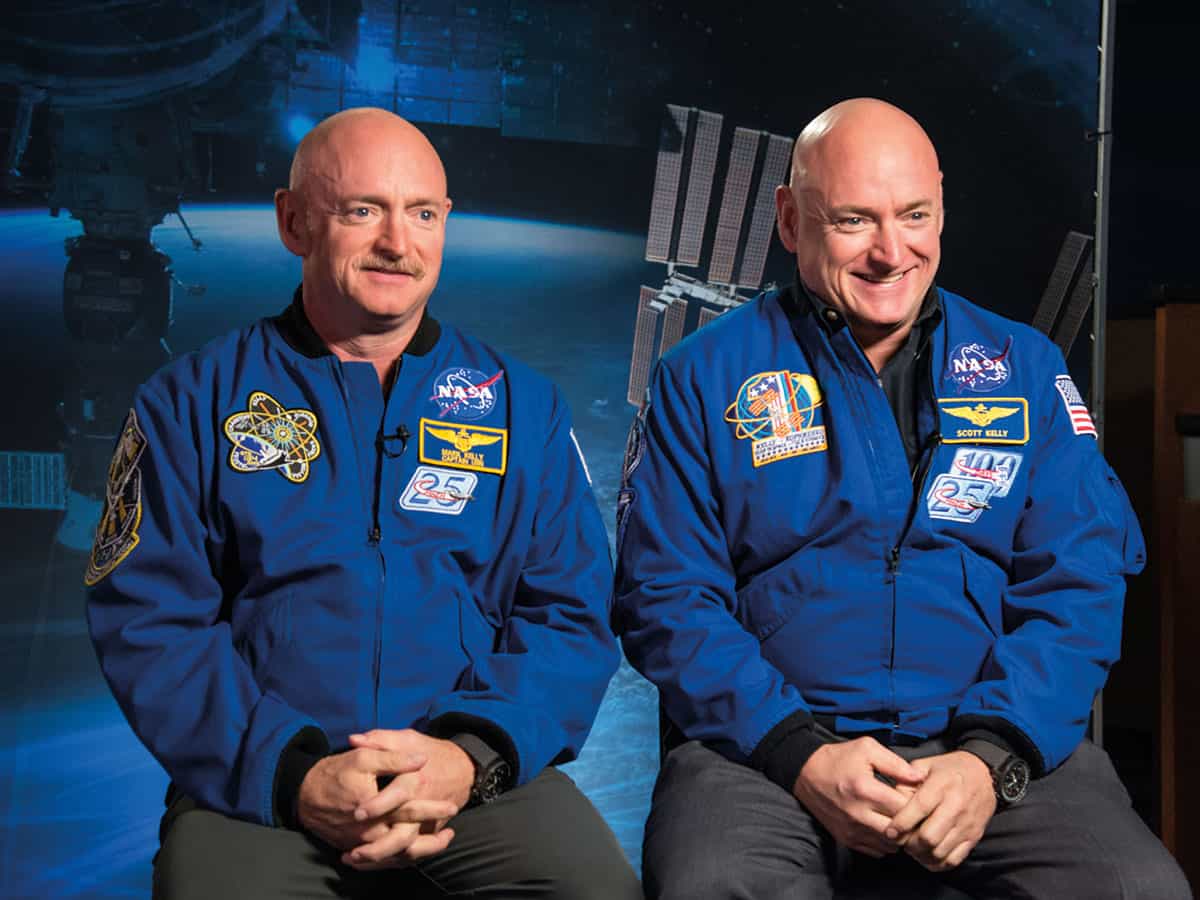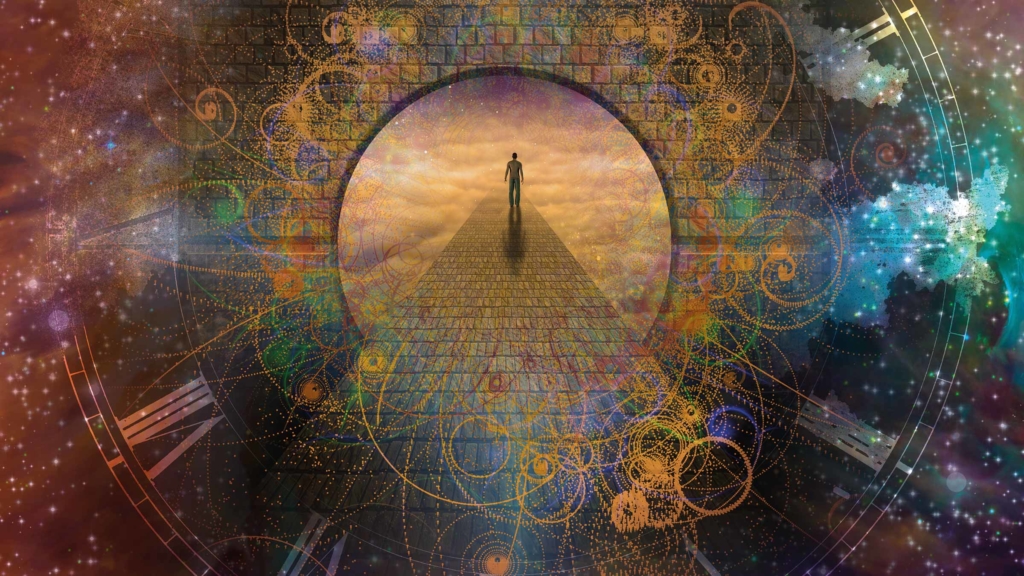How we perceive and experience time is fundamental to our lives but we don’t fully understand what is a complex phenomenon. Sidney Perkowitz looks at how scientists and philosophers alike are seeking to grasp this mysterious and ever-present concept
“Time is nature’s way to keep everything from happening all at once.”
Though the meaning behind this quote could be taken literally, it reads like a joke. Thought to be originally written by the science-fiction author Ray Cummings in 1919, the phrase was used by American theoretical physicist John Wheeler in his chapter of the 1990 book Complexity, Entropy and the Physics of Information.
But Wheeler, who had a way with words, also knew how to be serious about time, and in 1986 he wrote, “Of all obstacles to a thoroughly penetrating account of existence, none looms up more dismayingly than ‘time’…To uncover the deep and hidden connection between time and existence…is a task for the future.”
The shift in tone from treating time as a joke to something deeper is a sign that we do not understand it, though, like fish in the sea, we are immersed in it. Even while expressing our ignorance about time, Wheeler himself had no choice but to self-referentially allude to one of its mysterious aspects – the future. And though he could not explain time, he reminded us that it has human as well as physical meaning when he wrote in that same chapter from 1990: “Heaven did not hand down the word ‘time’. Man invented it…or as Einstein put it, ‘Time and space are modes by which we think, and not conditions in which we live.’ ”
Thinking about time
Wheeler and Einstein are not alone in pondering the nature of time. Philosophers and thinkers have done so for centuries, and no wonder: time both permeates all that we humans do and fascinates us when we consciously consider it. We endlessly speculate about its nature and about the possibilities of manipulating it and travelling through it. These were science-fiction themes even before H G Wells’ classic The Time Machine (1895), and they still remain current, featuring in the 2014 film Interstellar and last year’s Netflix series Dark. The late Ursula Le Guin’s science-fiction novel of ideas The Dispossessed (1974) gives time special attention, with its physicist protagonist Shevek developing a “general field theory of time” to explain both its “sequency” (as Le Guin calls it) or linear evolution, and its relation to cyclic events like the orbiting of a planet around its sun or the repetitive sweep of the hands of an analogue clock.
Time permeates all that we humans do and fascinates us when we consciously consider it. We endlessly speculate about its nature and about the possibilities of manipulating it
In physics itself, scenarios involving relativistic wormholes hint at the possibility of time travel, while tachyons – hypothetical faster-than-light particles – could travel backwards in time or send signals to the past. Although it seems unlikely that wormhole travel can be physically realized, and tachyons have never been detected, real particles going backwards in time have meaning in the diagrams Richard Feynman invented to calculate the behaviour of elementary particles. One of his insights in these useful representations is to show positrons as their antiparticles, electrons, travelling backward in time.
Despite dealing with such exotic notions, physicists have still not been able to produce a full theory of time. Lee Smolin of the Perimeter Institute for Theoretical Physics in Canada even argues in his 2013 book Time Reborn that physics is guilty of “expelling time” by not incorporating its fundamental reality. Nevertheless, physicists have long grappled with defining and using time as they try to explain the universe. Early in Isaac Newton’s seminal Principia (1687), which laid out much of how physics functions today, he defined “absolute, true and mathematical time” that “from its own nature flows equably without regard to anything external”. Along with “absolute” and “immovable” space, to Newton absolute time formed a backdrop for dynamic behaviour and physical reality that, his definitions imply, cannot be affected by human actions.
We abandoned the notion of absolute space in 1887 when Albert Michelson and Edward Morley determined the speed of light to high precision, with results that eliminated the ether, which was previously thought to be the space-filling entity against which motion should be measured. Absolute time was likewise abolished after Einstein re-analysed what it means when we say two events happen at the same time, and then went on to derive special relativity. Now we know that time changes as measured by a moving observer and, according to general relativity, in a gravitational field: if time is a flow, its flow rate can be altered.

General relativity has also amplified the role of time in physics. Adding time to the three spatial dimensions through the term ct – the distance light moving at speed c covers in time t – gives a 4D space–time manifold that concisely describes gravity and the universe. This has put time on a par with space, and relativity has also forced us to think more carefully about time. The “twin paradox” – in which a twin who rockets away from Earth at high speed returns younger than her stay-at-home sister – is an exercise in the variability of time and is also an example of time as a physical parameter with deep human effects.
Irreversibly forward
Other features of physical time may connect to our perception of it. The concept of entropy as a measure of disorder that always increases, at least in large systems over long times, has led to its label as the “arrow of time” – a physical progression that, unlike the reversible processes of classical mechanics, irreversibly points “forward” to define the apparent flow of time. That asymmetric one-way road seems integral to the human sense of time; as Feynman succinctly put it in his 1964 lecture at Cornell entitled The Distinction of Past and Future. “We remember the past, we don’t remember the future,” he said. “We have a different kind of awareness about what might happen than we have about what most likely has happened.”
But some subjective experiences of time differ from physical time. Pleasant events seem to pass quickly while unpleasant or boring ones invariably drag, though the measured elapsed time may be the same. These internal experiences depart from the objective measurement of time because of how our consciousness deals with it, as Wells understood. In The Time Machine, the Time Traveller who built that device explains to his friends, saying “There is no difference between time and any of the three dimensions of space except that our consciousness moves along it.”
We do not know if consciousness moves along or through time, or simply provides a vantage point to observe time as it flows; but we do know that the brain does not produce a one-to-one correlation between its evaluation of time and temporal events in the outside world.
The philosopher and cognitive scientist Daniel Dennett from Tufts University in the US has provided a model for this intricate behaviour. In Consciousness Explained (1991) and elsewhere he proposes that the brain and consciousness operate under a “multiple drafts” approach. Instead of a central place in the brain that houses one’s personhood and interprets sensory information – an idea that traces back to René Descartes in the 1600s – consciousness emerges from various functions occurring at different times in different parts of the brain. To bring together these neural events distributed in space and time, Dennett maintains we create a coherent internal narrative that is the “I” of a person, with personality, memory and so on. The scattered behaviour behind consciousness, he adds, guarantees that “the temporal order of subjective events is a product of the brain’s interpretational processes, not a direct reflection of events making up those processes”.
Dennett’s counterintuitive model strongly contrasts with our internal sense of self and is not the only one offered by cognitive scientists. But regardless of the model, the relation between external time – whatever that really is – and our internal time is extraordinarily complex. Reporting on their work about how time and space are perceived by the brain, neuroscientists György Buzsáki and Rodolfo Llinás at New York University comment that “there is no doubt that the terms ‘space’ and ‘time’, as well as other mental constructs, will be part of research for years to come”.
Nature’s clock
Our bodies too experience different aspects of time. Overlaid on our moment-to-moment responses to external events is the circadian rhythm – the approximately 24-hour cycle of physiological activity built into much of life on Earth, from people and animals to plants. In humans, it defines the periods of lowest body temperature, greatest alertness, sharpest rise in blood pressure and deepest sleep. Though the circadian rhythm can be affected by external light and temperature, it arises from internal molecular mechanisms whose exploration led to the 2017 Nobel Prize in Physiology or Medicine for Jeffrey Hall, Michael Rosbash and Michael Young.
The evolutionary benefit of the circadian rhythm is thought to be that it enables organisms to make the best use of light, food and other resources depending on their availability at different times of the cycle. From the viewpoint of our reactions to physical time, this bodily rhythm shows that we respond to its cyclic nature along with its passage. It would be too much to say that the rotation of the Earth around its axis gave birth to time; but the regular alteration between light and dark must have impressed itself upon early humans and helped form our perception of time.
The passage of time hits us hardest as we age. Though now that we understand that time is variable, could we ever slow down the process? From measurements aboard aircraft and from the space satellites in the global positioning system, we know that relativity correctly predicts how time dilates with speed and gravitational field to make a traveller age more slowly. But at the comparatively low speeds and gravitational variation we can reach with today’s technology, the changes are tiny compared to human lifetimes. NASA astronaut Scott Kelly spent over 11 months aboard the International Space Station starting in March 2015, but returned to Earth barely a few milliseconds younger than his identical twin brother astronaut Mark who remained on our planet.

However, the brothers participated in another kind of NASA twin study. With Mark as a control, they underwent extensive medical comparisons to determine how life in space – with its microgravity conditions, increased radiation and psychological stress in unnatural surroundings – affects human health. The test revealed something unexpected as far as Scott’s “telomeres” were concerned. Telomeres are DNA structures at the ends of chromosomes that protect them from damage but shrink as cells reproduce multiple times. This shrinkage seems to be a main cause of cellular ageing but Scott’s telomeres actually lengthened. This observation is probably linked to the months he spent in space, rather than to the milliseconds of relativistic time change. Still, further exploration of differences in human ageing will surely occur in space when we achieve high speeds and changes in gravity, so we should keep in mind the relationship among human biology, time, space travel and relativity.
Everyone’s time
It is hard to envision a more multidisciplinary topic than time and how we perceive and react to it. The great contributions from physics are the development of relativity, which gives time a fuller, more flexible role in the universe; our understanding of time’s arrow; and our remarkable ability to measure time with exquisite precision down to attoseconds while not knowing exactly what it is, with important outcomes for science and technology. A full picture of time, however, also needs neuroscience, biology, linguistics, anthropology, psychology and even literature because of time’s emotional impact. Feynman himself recognized this when he spoke at Cornell of “remorse and regret and hope” that “distinguish perfectly obviously the past and the future”.
Literature too can powerfully distinguish past from future to help us understand what time means to humanity, as in F Scott Fitzgerald’s masterwork The Great Gatsby (1925). In the novel Jay Gatsby is a mysterious figure who started from poor origins. After gaining great wealth he tries to rekindle a deeply felt love affair from his earlier days and enter a new life, but tragically fails to transcend his past and realize his dream. Fitzgerald’s haunting last words turn Gatsby’s story into universal truths about how we strive to grasp time and how, at last, it inevitably slips through our fingers:
“Gatsby believed in the green light, the orgastic future that year by year recedes before us. It eluded us then, but that’s no matter – tomorrow we will run faster, stretch out our arms farther…And one fine morning –
So we beat on, boats against the current, borne back ceaselessly into the past.”



